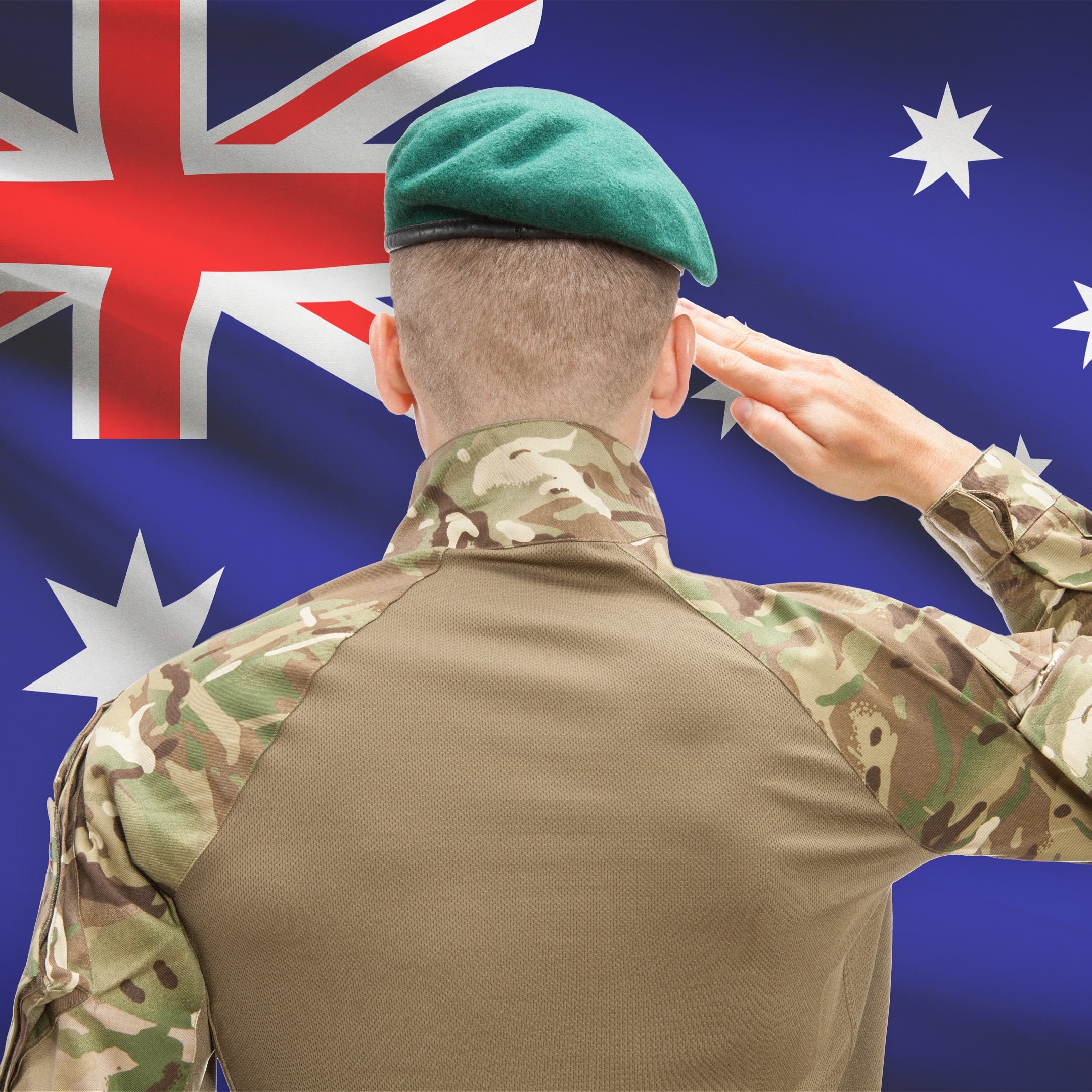12 June 2023
 Could smart watches and wearable devices give our military the edge when it comes to protecting defence personnel against biological and chemical warfare threats?
Could smart watches and wearable devices give our military the edge when it comes to protecting defence personnel against biological and chemical warfare threats?
Their ability to continuously measure vital signs is being taken a step further in a world-first project being led by the University of South Australia in conjunction with the Department of Defence , industry partner Insight Via Artificial Intelligence and the University of Adelaide.
The project involves developing statistical machine learning algorithms to detect early signs of infection in a person, using data from consumer wearable devices.
Lead researcher UniSA Professor Siobhan Banks says the goal is to develop data pipelines and use ground breaking algorithms to monitor the health of military personnel, instigating early treatment for infections where necessary and ensuring people working in the armed forces are fit for duty.
“Most diagnostic methods involve sampling blood or nasal fluid to detect pathogens responsible for infections,” Professor Banks says. “This approach is costly, time consuming and requires a laboratory for analysis.”
“Consumer wearable devices continuously measure vital signs, including heart rate, skin temperature and sleep, creating huge sets of data for each person. Changes in these parameters occur very quickly after infection as part of the immune response.”
For many viruses, infections only become apparent once symptoms occur, but the data from wearable devices could flag physiological and behavioural changes much quicker.
The researchers say that off-the-shelf consumer wearables contain sophisticated sensors that could be easily deployed to collect thousands of hours of data continuously, at low cost and low burden.
“What if we could make use of this passively recorded data to detect the earliest molecular and cellular physiological events, caused by pathogen exposure, even prior to active infection?”
The project will develop a cloud service that links to wearable devices and a smart phone application, recognising irregular sensor readings so that people can be clustered based on their health profiles.
Chief Defence Scientist Professor Tanya Monro AC says the UniSA-led project could potentially enhance Defence capability in warfare, including early detection of chemical or biological threats.
The project is contributing to the Department of Defence’s “Operating in Chemical, Biological, Radiological and Nuclear Environments” STaR Shot (OCE STaR Shot). Under its Human Integrated Sensor System program, the OCE STaR Shot is developing and demonstrating the concepts and technologies that can turn the human body into a sensor for CBRN threats, including infectious disease.
This research is supported by the Commonwealth of Australia as represented by the Defence Science and Technology Group of the Department of Defence and the Defence Artificial Intelligence Research Network (DAIRNet).
…………………………………………………………………………………………………………………………
Contact for interview: Professor Siobhan Banks E: siobhan.banks@unisa.edu.au
Media contacts: Candy Gibson M: +61 434 605 142 E: Candy.Gibson@unisa.edu.au


